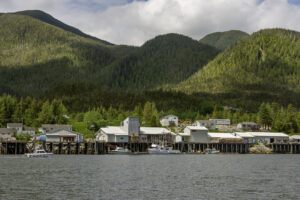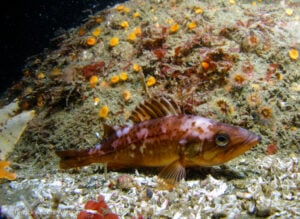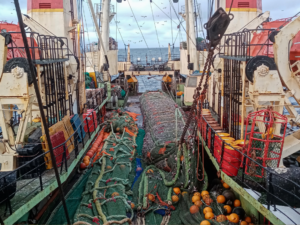Dotted across the waters of British Columbia, nudibranchs colour the ocean floor with their vibrant hues and distinctive shapes. These sea slugs, often overlooked, are truly nature’s hidden gems. In particular, the hooded nudibranch, or Melibe leonina, is an enchanting creature that calls these waters home.

Adapted perfectly to their environment, they are a testament to the diversity and beauty of marine life in British Columbia. These creatures are not only visually captivating, but they also exhibit fascinating behaviours and survival strategies, making them a compelling subject for marine biologists and underwater photographers alike.
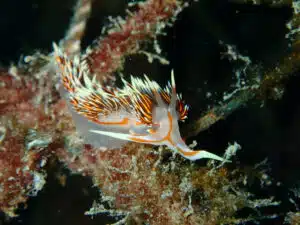

4 Facts About Hooded Nudibranchs
Nudibranchs play a substantial role in the marine ecosystem, contributing to its balance and diversity. As predators, they help control populations of other small marine organisms, including sea anemones, sponges, and barnacles. Moreover, their sensitivity to changes in water quality makes them valuable indicators of environmental conditions, assisting scientists in monitoring the health of marine ecosystems.
1. What Do Hooded Nudibranchs Look Like?
The hooded nudibranch has perhaps one of the most stunning and intricate appearances of all marine animals. While many nudibranchs display bright colours as a warning to potential predators of their toxicity, the hooded nudibranch, being mostly translucent, can camouflage quite easily with its surroundings.

However, its most striking feature is the hood, a large flap of skin that covers its head. The hooded nudibranch also has a frilly collar, a series of cerata extending from its body to aid in respiration, and two rhinophores that help it detect chemicals in the water.
2. What Do Hooded Nudibranchs Eat?
As charming as the hooded nudibranch may look, it is also a fierce predator that uses stealth and agility to hunt its prey. The nudibranch feeds mainly on hydroids, tiny creatures that grow on rocks and shells.
Its hood is much more than just a fashion statement. Unlike most other nudibranchs that use radula (a structure of tiny teeth) to graze on surfaces to eat, the hooded nudibranch uses a distinctive hood to catch its prey. This oral hood is fringed with sensory tentacles to help it detect prey. When hunting, the slug opens its hood and waves it around in the water, creating a net to ensnare small organisms.

3. How Do Hooded Nudibranchs Defend Themselves?
When threatened, the hooded nudibranch can detach its body from the substrate and float away. This act of “dropping off” is a last resort escape mechanism that can save them from becoming a tasty meal for a predator. In fact, unlike many nudibranchs that usually crawl along the seafloor, the hooded nudibranch can swim by flexing its body in an undulating motion.
They’re not always this passive, though. Hooded nudibranchs can release a secretion that has a strong watermelon scent – which is apparently repulsive to most predators. This tactic, combined with their ability to blend in with their surroundings, makes the hooded nudibranch a formidable survivor in the challenging underwater world.
4. Where Do Hooded Nudibranchs Live?

The hooded nudibranch is a cold-water species that inhabits the shallow and subtidal zones of the Pacific Northwest, from Alaska to California. It can be found in intertidal pools, rocky reefs, and kelp forests at depths of up to over 30 meters. The nudibranch is well adapted to these harsh environments, thanks to its tough skin and ability to regulate its body fluids and oxygen levels. However, it is also vulnerable to pollution, habitat destruction, and climate change, which can take a toll on its population and biodiversity.
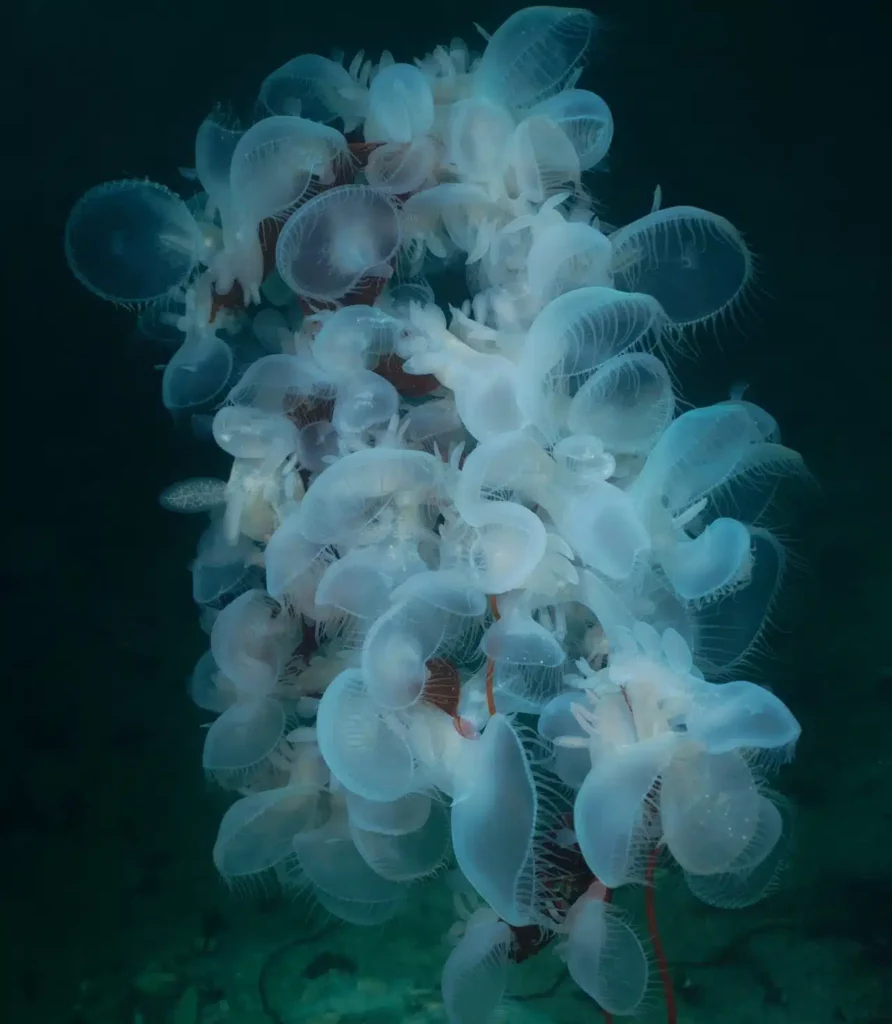
As a top predator in its ecosystem, the hooded nudibranch plays an important role in maintaining the balance and health of the marine community. By feeding on hydroids and other prey, it controls their population and prevents them from overgrazing the seaweed and damaging the habitat. Moreover, the nudibranch provides a food source for other animals, such as sea stars, crabs, and fish, which in turn support other animals that are higher up in the food chain. This intricate web of interactions and dependencies underscores the importance of protecting and conserving the hooded nudibranch and its habitat.
Bonus Fact: How Do Nudibranchs Mate?
Nudibranchs are hermaphrodites, meaning each individual possesses both male and female reproductive organs. This trait was evolved to compensate for the nudibranch’s solitary lifestyle and slow pace. When two nudibranchs finally cross paths, they need to be able to get down to business ASAP! During the mating process, they exchange sperm packets, with each fertilizing the other’s eggs.
After a successful mating encounter, both nudibranchs lay their eggs in distinctive spiral patterns, which can sometimes look like rosettes. These beautiful, carefully arranged egg ribbons are often brightly coloured, potentially serving as a warning to predators of their toxicity.

Unfortunately, nudibranchs do not live for long. Some species live for only a few weeks, while others may live up to a year. Despite their short lives, these fascinating creatures make the most of their time, leaving a lasting impression on the marine ecosystem and those lucky enough to study them.
Threats to Nudibranchs in British Columbia’s Waters
Despite their significant ecological role, nudibranchs face numerous threats in British Columbia’s waters.

1. Overfishing: Destructive fishing practices like dredging, trawling, and bottom fishing can damage the seabed habitats where many nudibranchs reside. Moreover, overfishing can result in drastic changes to biodiversity, leading to population instability of nudibranch predators and, subsequently, of nudibranchs themselves.
2. Pollution: Chemical contaminants and plastic debris can harm these delicate creatures, impairing their growth, reproduction, and survival. Excess nutrients in the water from runoff can also lead to algal blooms, which can deplete oxygen levels in the water and create inhospitable conditions for nudibranchs.
3. Invasive Species: Non-native species can outcompete native nudibranchs for food and space, leading to a decrease in their population. There is also the threat of invasive predators. The European Green Crab has rapidly expanded its range along the coast since it was first detected in the late 1990s. As a voracious predator and formidable competitor for resources, this crab poses a direct threat to the survival and habitat of nudibranchs.
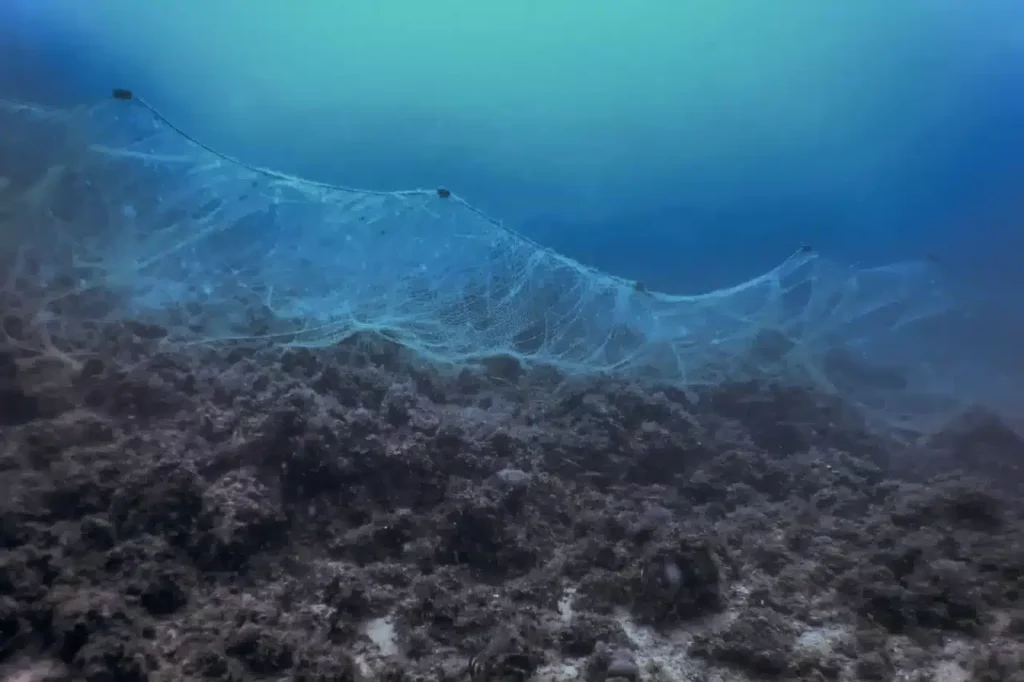
The Benefits of a Marine Protected Area Network
The establishment of a Marine Protected Area (MPA) network can bring significant benefits to nudibranch populations. MPAs are essentially safe zones within the ocean, created to protect marine biodiversity and thus, maintain the ocean’s ability to provide for coastal communities and strengthen British Columbia’s ocean-reliant economy.
A Future for Hooded Nudibranchs

The hooded nudibranch is a remarkable species. Its striking appearance and calculated behaviour speak to millennia of careful evolution and the complexity of marine ecosystems. The good news is that marine protected areas can play a critical role in safeguarding the hooded nudibranch and other vulnerable species from harm and extinction. To learn more about these MPAs, check out this useful article.


